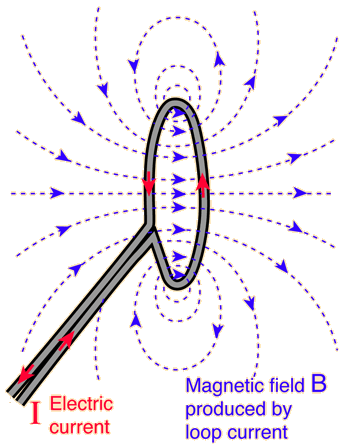- Joined
- Apr 29, 2011
- Messages
- 2,171
- Reaction score
- 863
TBR Physics Book II page 153 #10

Before I even ask about the TBR question, can someone explain how Experiment II works? I don’t understand how you can suspend the bar by having a current between points A and F.
Here’s the TBR Question “In Experiment II, starting when the bar is suspended, what will be observed when the switch between points A and F is opened?
Answer: The current through the bar goes to zero, and the bar descends to the bottom of the rails”
TBR’s explanation: “In Experiment II, before the switch between A and F is opened, there is current flowing between points A and F that is in opposite direction of the current flowing between points X and Y [WHAT? I don’t understand this at all] . Once the switch is opened, the current stops and there is no longer a force suspending the bar. Without any force holding the bar up, it will slide down the rails due to gravity, eventually reaching the bottom.”

Before I even ask about the TBR question, can someone explain how Experiment II works? I don’t understand how you can suspend the bar by having a current between points A and F.
Here’s the TBR Question “In Experiment II, starting when the bar is suspended, what will be observed when the switch between points A and F is opened?
Answer: The current through the bar goes to zero, and the bar descends to the bottom of the rails”
TBR’s explanation: “In Experiment II, before the switch between A and F is opened, there is current flowing between points A and F that is in opposite direction of the current flowing between points X and Y [WHAT? I don’t understand this at all] . Once the switch is opened, the current stops and there is no longer a force suspending the bar. Without any force holding the bar up, it will slide down the rails due to gravity, eventually reaching the bottom.”

